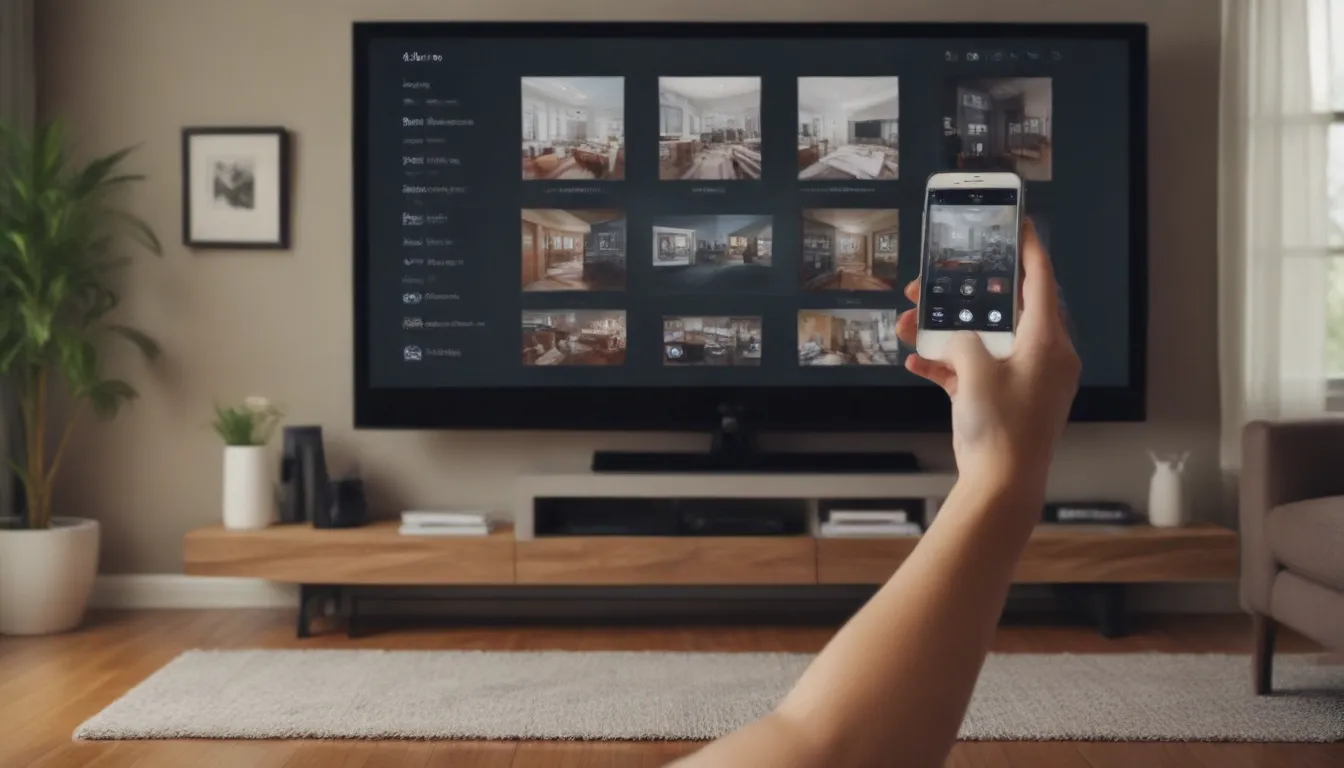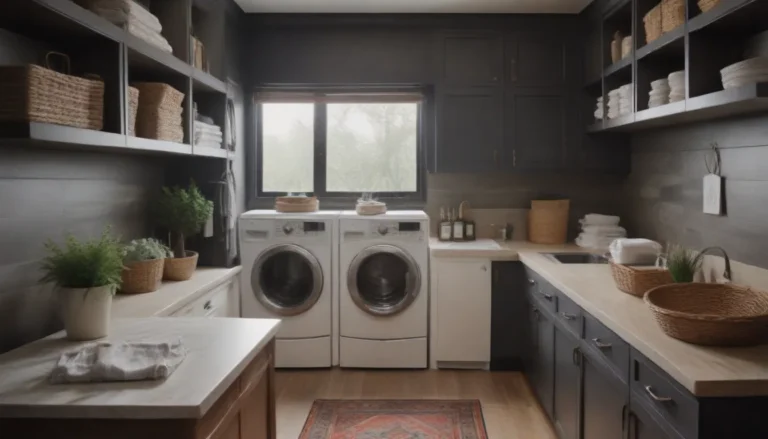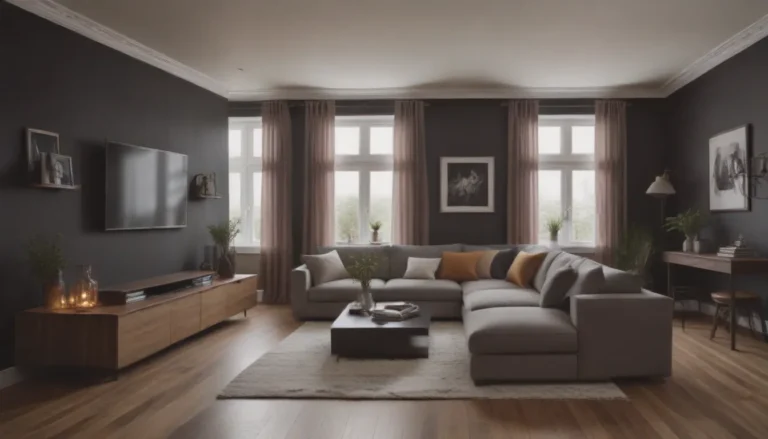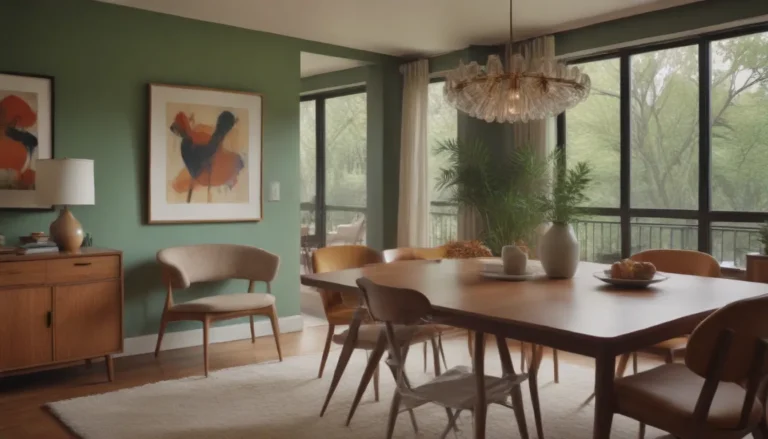The Ultimate Guide to Smart Homes: Automating Your Life with Ease

In today’s fast-paced world, technology continues to revolutionize our daily lives, and the concept of smart homes has become increasingly popular. But what exactly is a smart home? How can it benefit you? And what do you need to create one for yourself? In this comprehensive guide, we will delve into all aspects of smart homes, from the basics to the advanced features, to help you understand and embrace this innovative technology.
What Is a Smart Home?
A smart home is a modern home equipped with interconnected devices that can communicate with each other through the internet. These devices, known as Internet of Things (IoT) devices, include appliances, lights, locks, cameras, televisions, and more. By connecting these devices to a central hub or smartphone app, such as Alexa or Google Assistant, you can remotely control and monitor various aspects of your home. From adjusting the thermostat to unlocking the door for a visitor, the possibilities are endless with a smart home setup.
Key Features of a Smart Home
- Remote access and control of devices through a smartphone or smart home hub
- Integration of multiple devices to work together seamlessly
- Voice-controlled commands for hands-free operation
- Automated settings based on timers or artificial intelligence (AI) algorithms
How Smart Homes Work
Smart homes operate by connecting all compatible devices to a centralized network, enabling them to communicate with each other and follow preset commands or learn user preferences over time. For example, you can set your coffee maker to brew a fresh pot as soon as you wake up, or program your lights to turn off automatically when you leave the house.
Pros and Cons of Home Automation
Pros:
- Increased energy efficiency and reduced resource consumption
- Improved convenience and comfort in daily living
- Enhanced home security with smart locks and surveillance cameras
- Automated routines for a hassle-free lifestyle
Cons:
- Initial cost of investment for smart devices
- Dependency on internet connectivity for device functionality
- Learning curve for non-tech-savvy users
How to Create a Smart Home
Building a smart home can be tailored to your preferences and budget, ranging from simple setups with a few smart devices to comprehensive systems that automate every aspect of your home. Here are some steps to get started:
- Start small with a voice assistant and a few basic smart devices, like light bulbs and outlet plugs.
- Expand your setup with smart appliances and advanced features, such as thermostats, doorbells, and garage door openers.
- Customize your smart home experience based on your needs and lifestyle, whether it’s for convenience, security, or energy savings.
Cost of Smart Home Technology
The cost of outfitting your home with smart devices can vary depending on the complexity and scale of your setup. Here are some general price ranges for common smart home products:
- Basic smart devices (e.g., light bulbs, plugs): <$20 each
- Starter smart home packages (e.g., voice assistants, security cameras): a few hundred dollars
- Major appliances (e.g., refrigerators, washing machines): a few thousand dollars each
Ultimately, the cost of creating a smart home is customizable to fit your budget and goals, with a wide range of options available to suit every homeowner’s needs.
In conclusion, smart homes offer a modern and convenient way to enhance your living space with technology. By understanding the key features, benefits, and costs associated with smart home automation, you can make informed decisions about integrating this cutting-edge technology into your home. With the right setup and devices in place, you can transform your house into a smart home that simplifies your life and brings efficiency and comfort to your daily routine.





